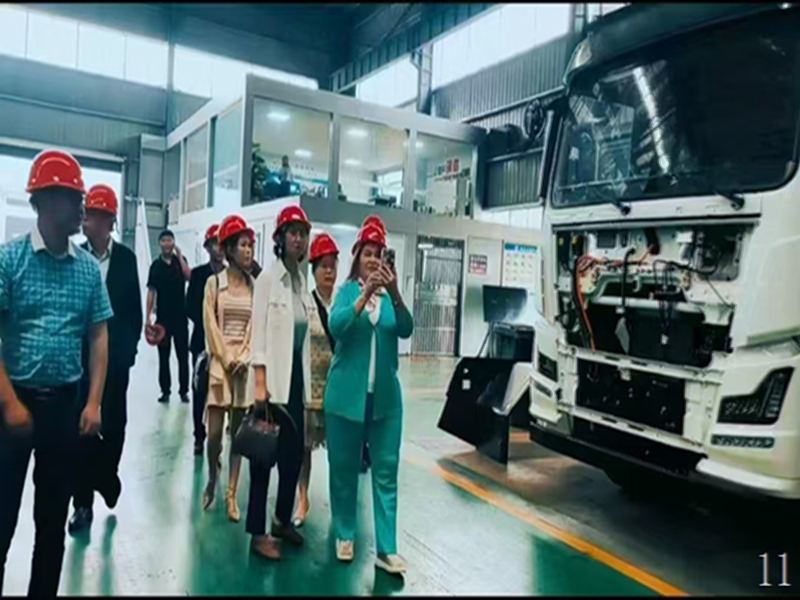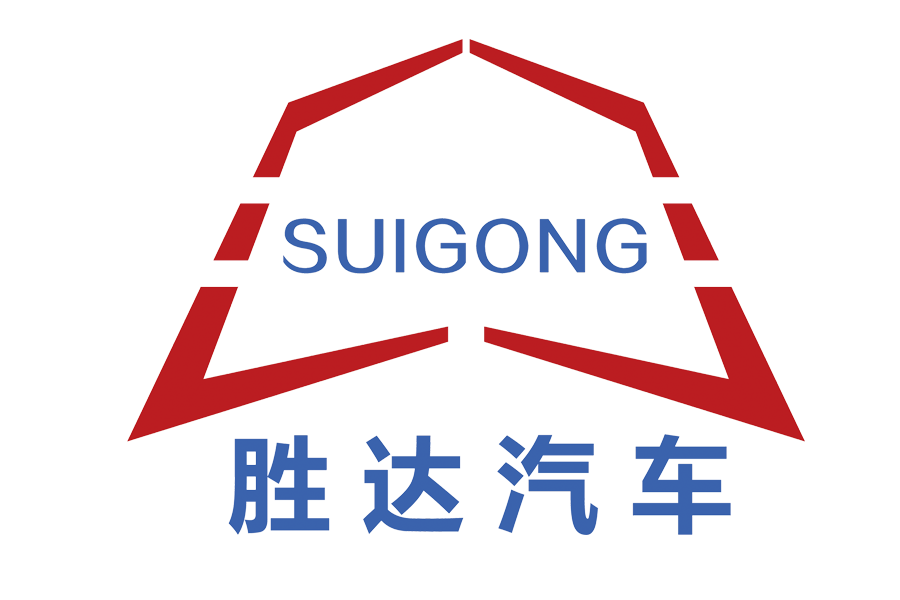In 2023, the municipal government launched a "Blue Sky Project" aiming to reduce PM10 levels by 40% within two years. Upgrading the sprinkler fleet became a key priority, prompting the bureau to issue a public tender for 50 new high-performance sprinkler trucks. Hubei Shengda Automobile Co., Ltd. emerged as the winning bidder with its innovative design and comprehensive service proposal.

Enhanced Water Capacity: The cylindrical water tank, constructed from 6mm thick 304 stainless steel, offered a 14-cubic-meter capacity—more than double the old models. This reduced daily refills to 2-3 times, increasing operational efficiency by 35%.
Dual-Mode Spraying System: A patented dual-nozzle configuration allowed 切换 between "dust suppression" and "deep cleaning" modes. The dust suppression mode used 400 kPa pressure through 12 rotating nozzles to create a fine water mist covering 15 meters, ideal for construction zones. The deep cleaning mode activated high-pressure nozzles (800 kPa) with a 12-meter range, effectively removing stubborn stains from main roads.
Intelligent Control Panel: Drivers could adjust water pressure, spray width, and flow rate via a 10-inch touchscreen display. The system automatically optimized settings based on vehicle speed—reducing water usage by 20% when driving above 30 km/h on highways.
Hybrid Power System: Equipped with a 150kW diesel engine paired with a 40kWh lithium iron phosphate battery, the vehicles could operate in pure electric mode for urban areas with strict emission restrictions. This reduced fuel consumption to 18 liters/100km, cutting carbon emissions by 35%.
Rainwater Harvesting Module: A 500-liter auxiliary tank collected rainwater through roof gutters and filtered it via a three-stage system (sedimentation, activated carbon, and ultrafiltration). This water was used for low-pressure spraying on non-arterial roads, saving 15-20% of tap water usage.
Noise Reduction Design: The engine compartment featured soundproofing materials, reducing operational noise from 85dB to 72dB—critical for residential areas and schools with strict noise regulations.
Real-Time Monitoring: Each truck was fitted with GPS, water level sensors, and fuel meters connected to a cloud platform. The municipal bureau could track vehicle locations, water usage, and maintenance needs via a web portal.
Route Optimization: AI algorithms analyzed traffic data and dust hotspots to generate optimal daily routes, reducing unnecessary mileage by 15%.
Predictive Maintenance: The system sent alerts for filter replacements, nozzle cleaning, and engine checks based on usage patterns, minimizing breakdowns.

